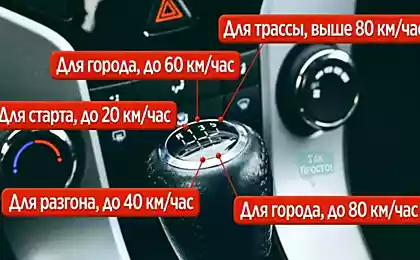1570
UW lab and Starlab independently succeeded in transmitting data through the interface "brain-brain"

Teams of two research teams separately crossed several well-known techniques for direct data exchange between people - or rather, their brains. Apparently, projects from the US and Europe are precedents for transferring information between people without any nonverbal means. Nevertheless, while this "telepathic" technology is very rough and hardly has a practical application.
In an article published last week in the scientific journal PLOS One, explains how neuroscientists and computer science from the University of Washington in Seattle describing the interface of the "brain-drain" which allows two people to play together in a simple video game. A little earlier the company Starlab Barcelona talked about the method developed Short words such as "chao" (um. - «Ciao») binary code between mind on two different continents.
Both studies used the following system. Message sender wearing a helmet for electroencephalography, which detect signals generated by the cerebral cortex, when he thought about moving an arm or leg. The signal is then transmitted over the Internet to your computer translates it into pulses supplied to the brain of the recipient with a magnetic coil. In the case of the addressee Starlab came flashes of light, and in the experiment University of Washington magnetic pulsations caused an involuntary twitch of the wrist above the touchpad, clicking on which will launch the missiles in a computer game.
Neither EEG nor the described type of brain stimulation (so-called transcranial magnetic stimulation, or TMS) are not new technology. However, the new has become their union with a view to establishing a simple communication system. Starlab researchers suggested, according to which these "hyperinteraction technology" may "ultimately have a huge impact on the social structure of our civilization."
However, today the technology is still very limited - in the experiment were not transferred any emotions or thoughts or ideas. Instead, the human brain was used as relays to transmit the signal between the computers. Transmission speed is also not impressed.
Safety instructions to limit the use of TMS systems with a single pulse of 20 seconds. But even without this restriction man in a helmet EEG can transmit a few bits of information per minute, as a deliberate change in the curve of electromagnetic signals requires deliberate concentration. For comparison, according to one estimate, human speech conveys about 3000 bits per minute . This means that the 90-second conversation mind would pass an entire day or even longer.
Of course, the researchers intend to speed up and clarify the transfer of information from the brain to the brain. Researcher University of Washington Andreas Stocco (Andreas Stocco) reported receiving his team grant of $ 1 million from the WM Keck Foundation to upgrade equipment and experiments with different ways of sharing information honey minds, including using focused ultrasound waves, which can stimulate nerve through the end of the bones of the skull.
Stocco argues that an important application of the technology is to test theories about how neurons represent information, especially about abstract concepts. For example, if a scientist believes that was able to identify the neurons responsible for, say, the image of a yellow plane, one way to prove it - the transfer of neural circuits to another person and a survey on the same topic.
You can see the interface in different ways. On the one hand he is - incredibly cool toy that we have developed, because it is a futuristic and technological breakthrough, although not directly related to science. On the other - the future is the best way to test hypotheses about how the brain encodes information. I> blockquote>
According to the materials MIT Technology Review .
Source: geektimes.ru/post/242044/
Blu-ray disc with Jackie Chan increase the efficiency of solar panels by 22%
Youtube deleted the sound recording 7-hour conference because of the music that sounded a break























